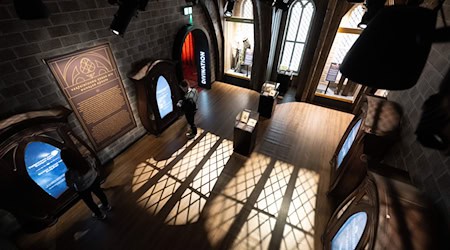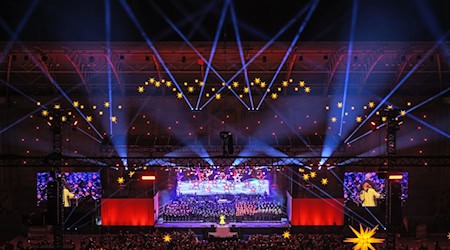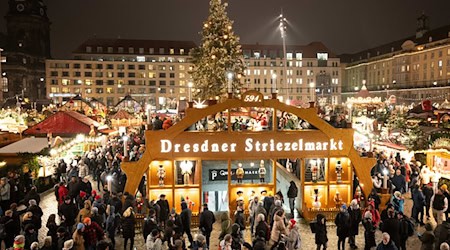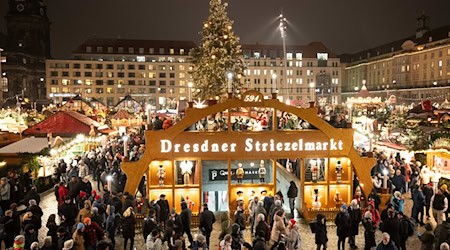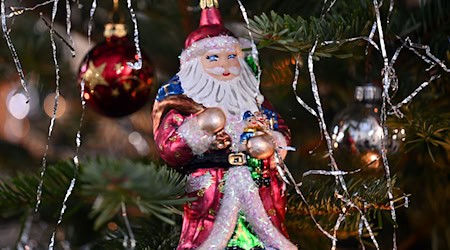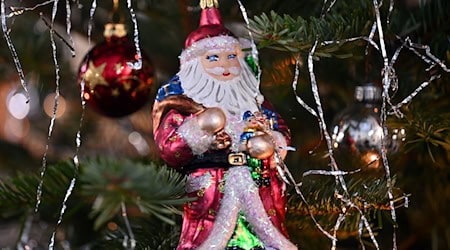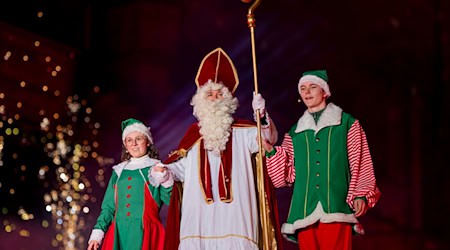The East German carnival associations want to have their centuries-old tradition recognized as intangible cultural heritage. "The application for the nationwide list was submitted jointly by the five East German carnival associations," said the President of the Thuringian Carnival Association, Christoph Matthes, to the German Press Agency. The associations from Brandenburg and Berlin, Mecklenburg-Western Pomerania, Saxony, Saxony-Anhalt and Thuringia want to show "that carnival in the East is more than just dressing up, dancing and music".
East German carnival came from the royal courts
The historical roots of carnival lie somewhere between court culture and popular custom. The first evidence can be found as early as the end of the 14th century, for example at the "Unweisen Rat" in Königsee (1391) or a Wasungen receipt for a barrel of beer (1524). The customs developed from pre-Christian winter exorcism rituals, later also in the context of courtly festivities.
So-called "redoutes" - i.e. mask and dance events - developed at the princely courts of Dresden, Weimar, Gotha and Potsdam, particularly in Saxony, Thuringia and Brandenburg. These courtly celebrations were transferred to the population. "The East German carnival originated from the redouten rules at the courts, around 50 years before the Rhineland carnival was reformed in 1823," explained Matthes. "So for us it was the tradition of the courts, in the Rhineland a parody of the military."
Tradition of the spoken word should be preserved
In contrast to the Rhineland, the East German carnival is supported by laypeople, said the association president. "The clubs founded in the fifties and seventies were the only permitted opposition at the time. The audience understood the allusions between the lines in the carnival speeches," said the president. "The tradition of the spoken word in carnival should be preserved, that's what makes us special in the East."
The East German carnival offers a broad regional diversity. Every year, a carnival conference is held in parts of Thuringia on the weekend before November 11. The venue changes every year. This year, Kefferhausen near Dingelstädt in the Eichsfeld district is the organizer.
The event includes carnival speeches, a show dance, church service, parade and the so-called "Nacofee" with disco. Around 60 clubs now take part.
Other East German carnival traditions include the "Schifferfastnacht" on the Elbe, "Zampern" in Lusatia, ski carnivals in the Ore Mountains, masked balls and the storming of the town hall. Today, the East German carnival associations count around 930 clubs with around 95,000 members. Almost half of them are children and young people.
Copyright 2025, dpa (www.dpa.de). All rights reserved



